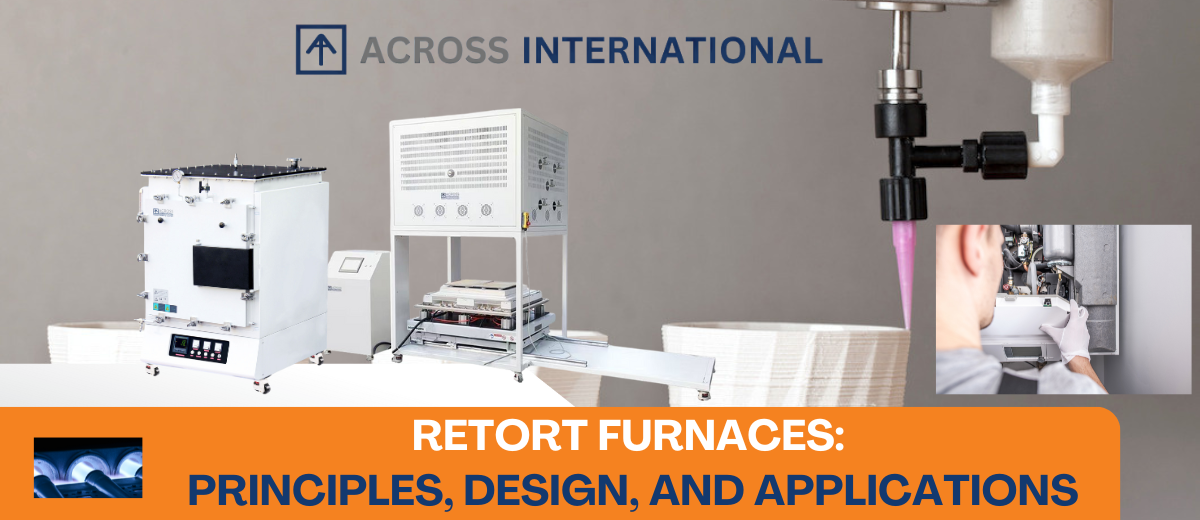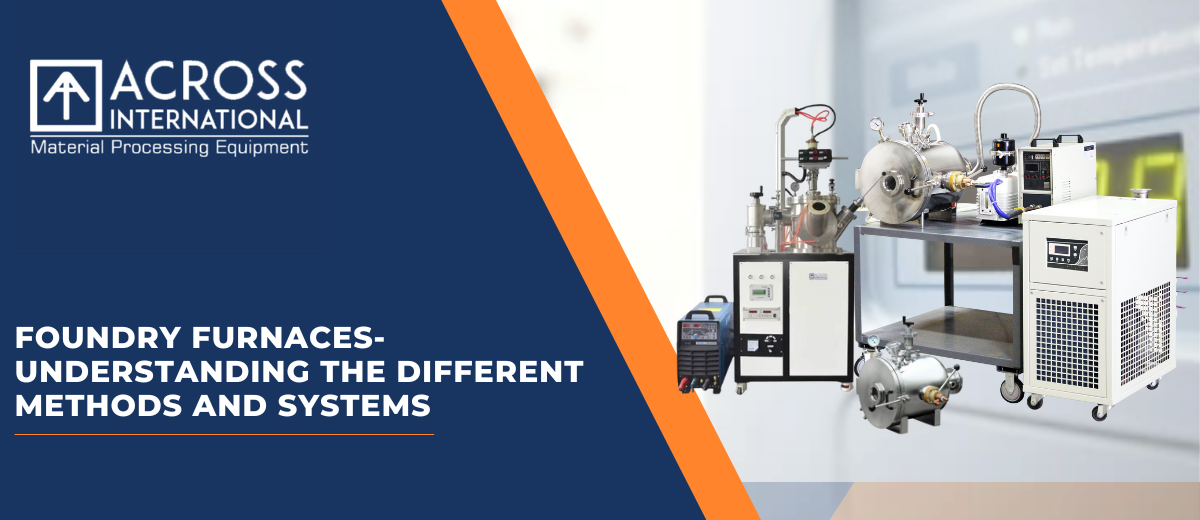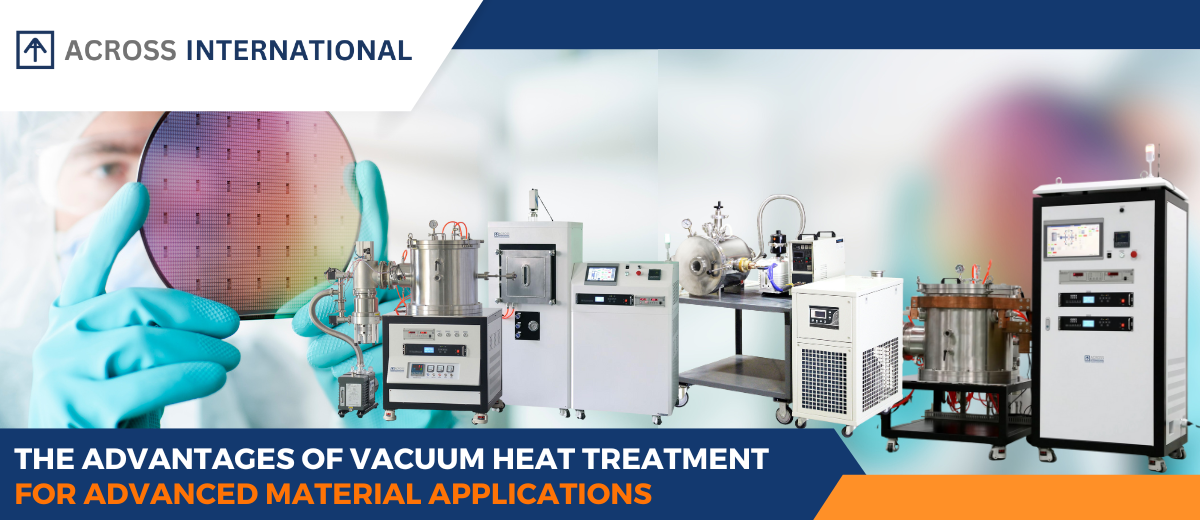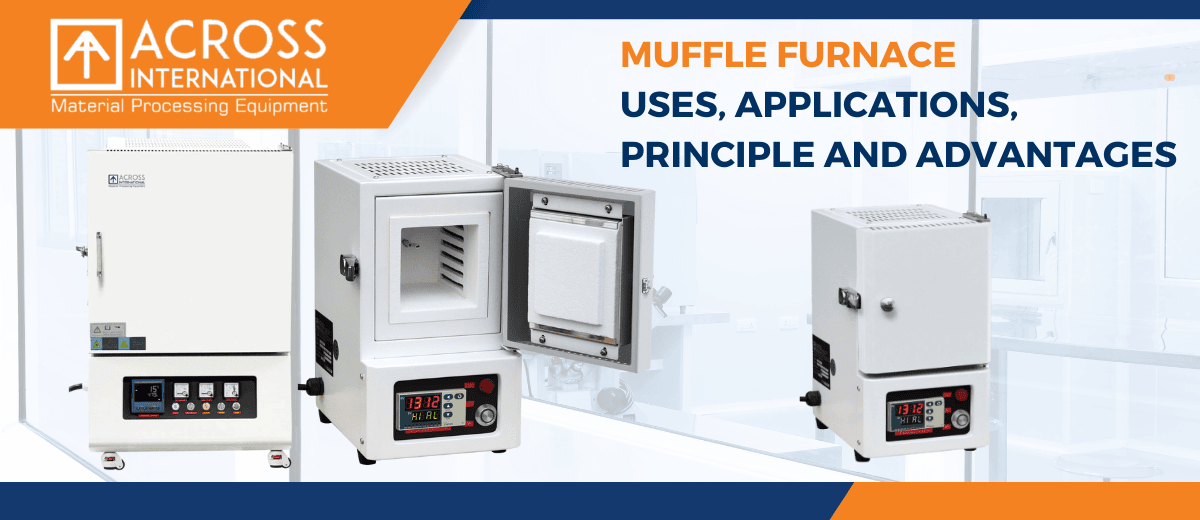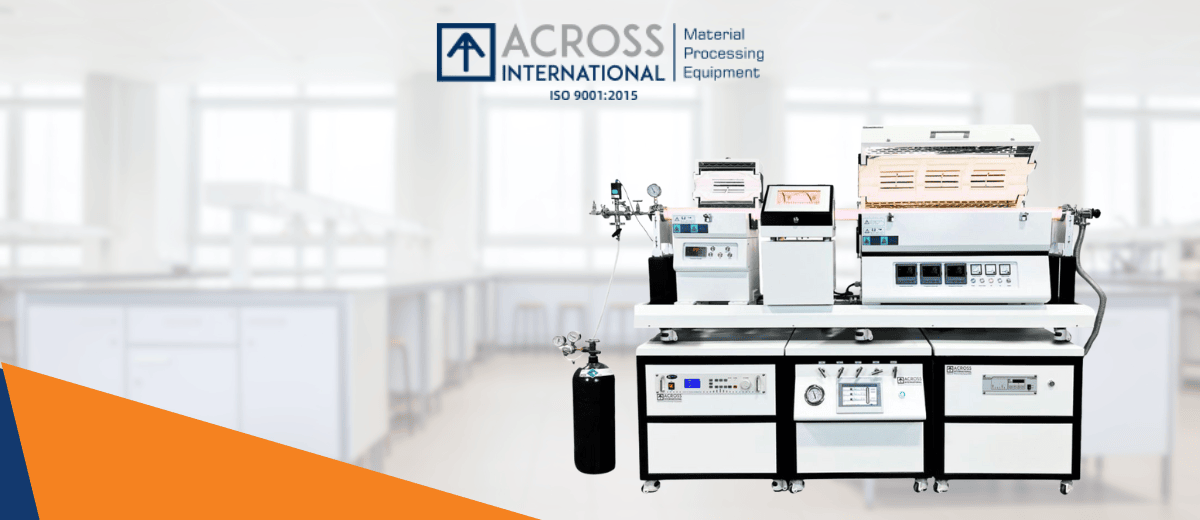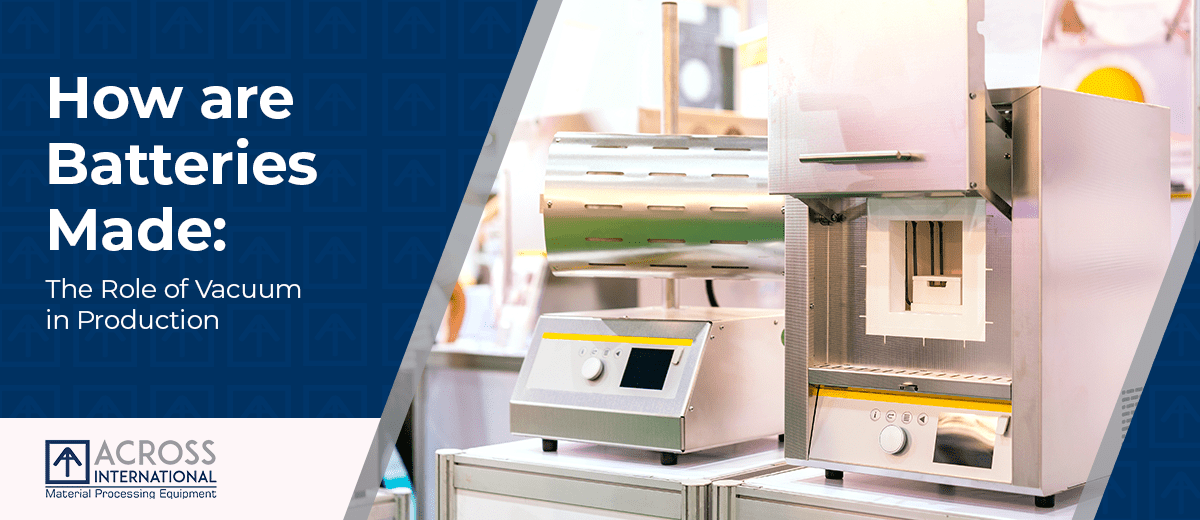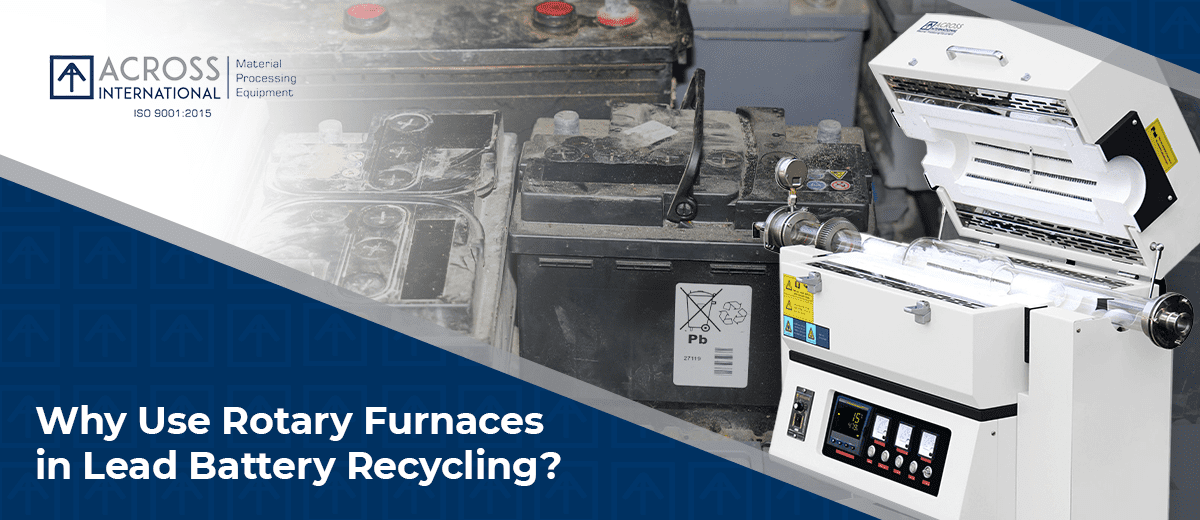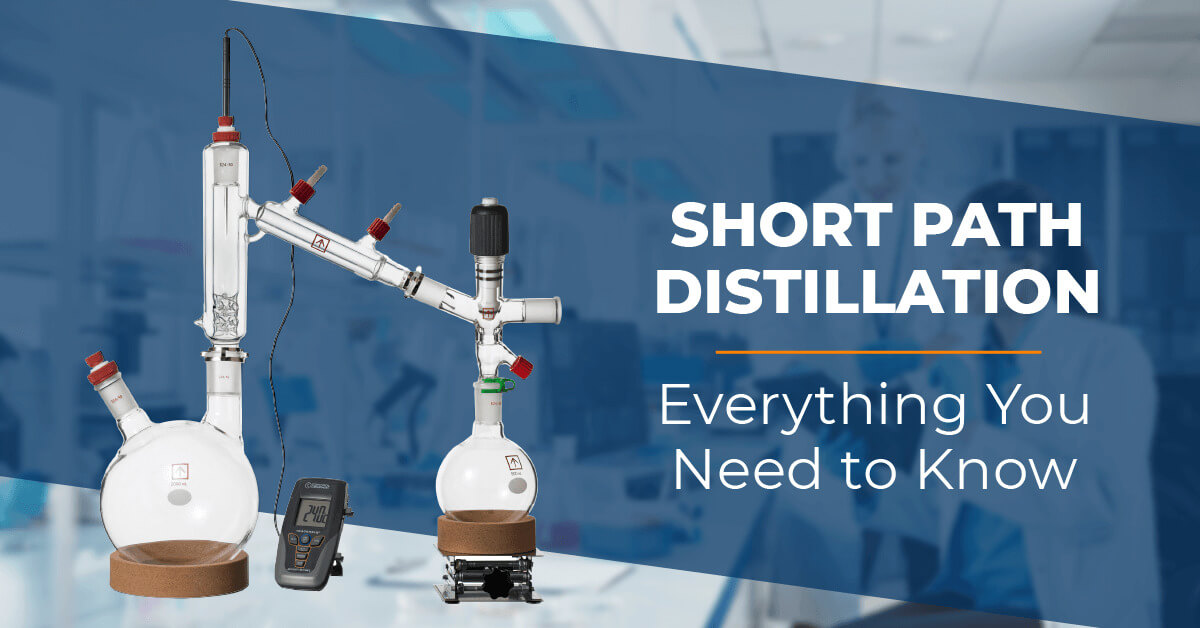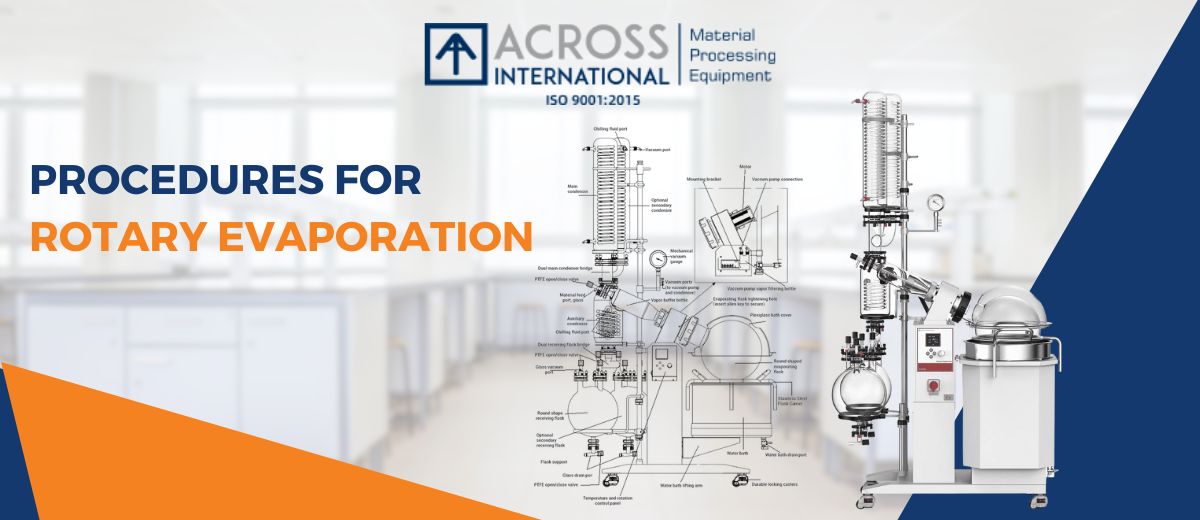
Rotary evaporation is the process of reducing the volume of a solvent by distributing it as a thin film across the interior of a vessel at elevated temperature and reduced pressure. This promotes the rapid removal of excess solvent from less volatile samples. Most rotary evaporators have four major components: heat bath, rotor, condenser, and solvent trap. Additionally an aspirator or vacuum pump needs to be attached, as well as a bump trap and round bottom flask containing the sample to be concentrated.
Most rotary evaporators have the following major components
Water bath , Rotor ,Condenser pipe,Solvent trap, Evaporation flask , Receiving flask
Heating water bath : The general heating medium is water. If there is a special demand for temperature, can be replaced with silicone oil or high temperature silicone oil ! Although the manufacturer will match the lid on the water bath pot, the frequency of use is not high ; static time, can prevent dust into the water bath or oil bath, keep the water bath or oil bath clean.
Condenser : The general cooling medium is water. If there is a high ambient temperature, condensation effect is not good, can be replaced by ethanol bath, the device is configured circulating chiller. The cooled ethanol is pressed into the condenser for cooling treatment. In the face of extremely cold weather, static does not use, need to drain the condenser water overnight, to prevent water into a solid, volume expansion cracking condenser.
Decompression equipment : often configured as a pump. Some high boiling point solvents can replace the pump with an oil pump, and pay attention to the requirements of the equipment when replacing.
Rotating evaporators use skills
The use of rotary evaporator experience, the use of rotary evaporator, must keep the water in the water bath and water pump and the whole device clean and clean.
Rotary evaporation in use, between the rotary bottle and the rotary evaporator is through the high temperature silicone grease, grinding bottle and the main body connected, and plastic standard mouth clip. The connection is not very strong, and the rotary steaming bottle often falls into the water bath.
Rotary evaporation in use, if there is a power outage, the water pump will pour into the rotary evaporation system.
Rotary evaporation, if the solvent boiling point is low, the rotary evaporation process, prone to, rotary evaporation bottle in the liquid will rush into the condenser, and then, into the vial. The above situation is always inevitable. If the rotary evaporation is kept clean, the formed oil-water mixture, or liquid-solid mixture, can be filtered, concentrated and refined, and then separated by column to obtain their own target products.
Uses and applications of a rotary evaporator
A wide variety of industries uses rotary evaporators. Some of the industries in which rotary evaporators commonly appear include the medical, chemical engineering, and biological industries. In such industries, they aid in scientific research and production. In addition, any industry that deals with reaction solvents will use rotary evaporation.
Recently, rotary evaporator applications have spread to additional industries such as the cooking and hemp industry. In the cooking industry, rotary evaporation assists in the process of molecular cooling—a subdiscipline of food science that investigates the chemical and physical transformations that occur during the cooking process. In the hemp industry, rotary evaporation is extremely effective for efficiently isolating the extracts and components of the hemp plant. As such, it is beneficial for producing high-quality hemp-derived products such as CBD oil.
How to operate a rotary evaporator
Before operating the rotary evaporator, you must properly set it up. To do so, pour the sample into a round bottom flask. This flask should then connect to the evaporator’s bump trap using a Keck clip. Then, fill the rotary evaporator’s cold traps with dry ice. After doing so, attach the flask and bump trap to the adapter portion of the rotary evaporator and secure it with a Keck clip. This feature will prevent your solution from entering the main part of the rotary evaporator.
The last preparatory step is to lower the flask into the water bath using the joystick knob on the rotary evaporator. You should do this step once condensation begins to form on the flask’s exterior. Be sure to partially submerge the flask—approximately half-way—into the heat bath. It shouldn’t be so low that the joint with the Keck clip touches the water.
Activate the rotor. The speed of the rotor will depend on the volume of your sample. The rotor should spin quick enough that it creates an even coating of the sample on the surface of the flask.
Sctivate the vacuum pump. Slowly increase the vacuum to the proper strength. The sample will likely begin to boil. This should not cause concern unless the bubbles begin to reach the neck of the flask. If this occurs, re-pressurize the system by opening the stopcock fully. After the boiling has ceased, fully close the stopcock.
Close the stopcock on the evaporator. To do so, turn the stopcock perpendicular to the bleed valve and turn on the heat for the water bath
Monitor the rotary evaporator for a few minutes. If there is no sign of bumping, it should be safe to leave the rotary evaporator unattended. However, you should continue to check in throughout the process periodically to ensure that nothing goes wrong.
Upon eliminating all the solvent, turn off the vacuum. Turn the flask to atmospheric pressure and stop the rotation.
Lastly, raise the flask from the bath and remove the flask from the adapter. If it did not completely remove the solvent, add it back into the same flask and repeat the procedure.
How to stop the rotary evaporation process
After starting the process of rotary evaporation, there may be some instances in which you seek to stop the procedure. In this case, it is important to follow specific steps to prevent broken glassware, injury, ruining the sample, damaging the equipment, and other undesirable outcomes. The steps to halting the process of rotary evaporation are as follows:
Remove the flask from the heat bath using the joystick
Open the stopcock fully
Turn off the rotor
Turn off the vacuum source
Lift the flask from the water bath
Remove the flask from the adapter portion of the rotary evaporator
Turn the evaporator off completely
If you need a rotary evaporator, take a look at the extensive array of laboratory products offered at Across International .
Across International is a leading manufacturer of laboratory equipment available at incredible prices. We offer 2L to 50L Rotovap. Our wide variety of high-quality equipment also includes chillers, heaters, cold traps, extraction units, filtration devices, glassware, and other laboratory necessities.


